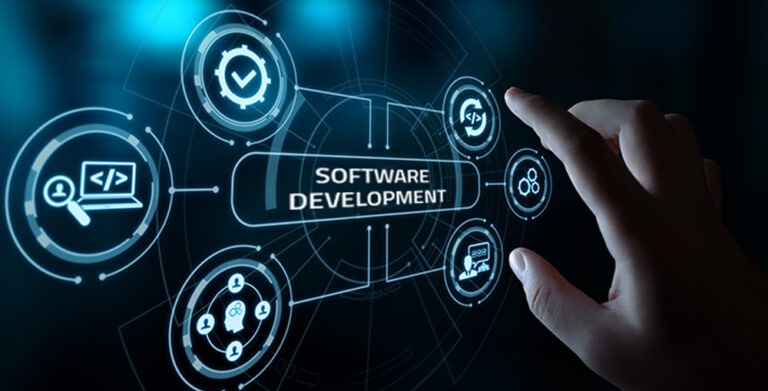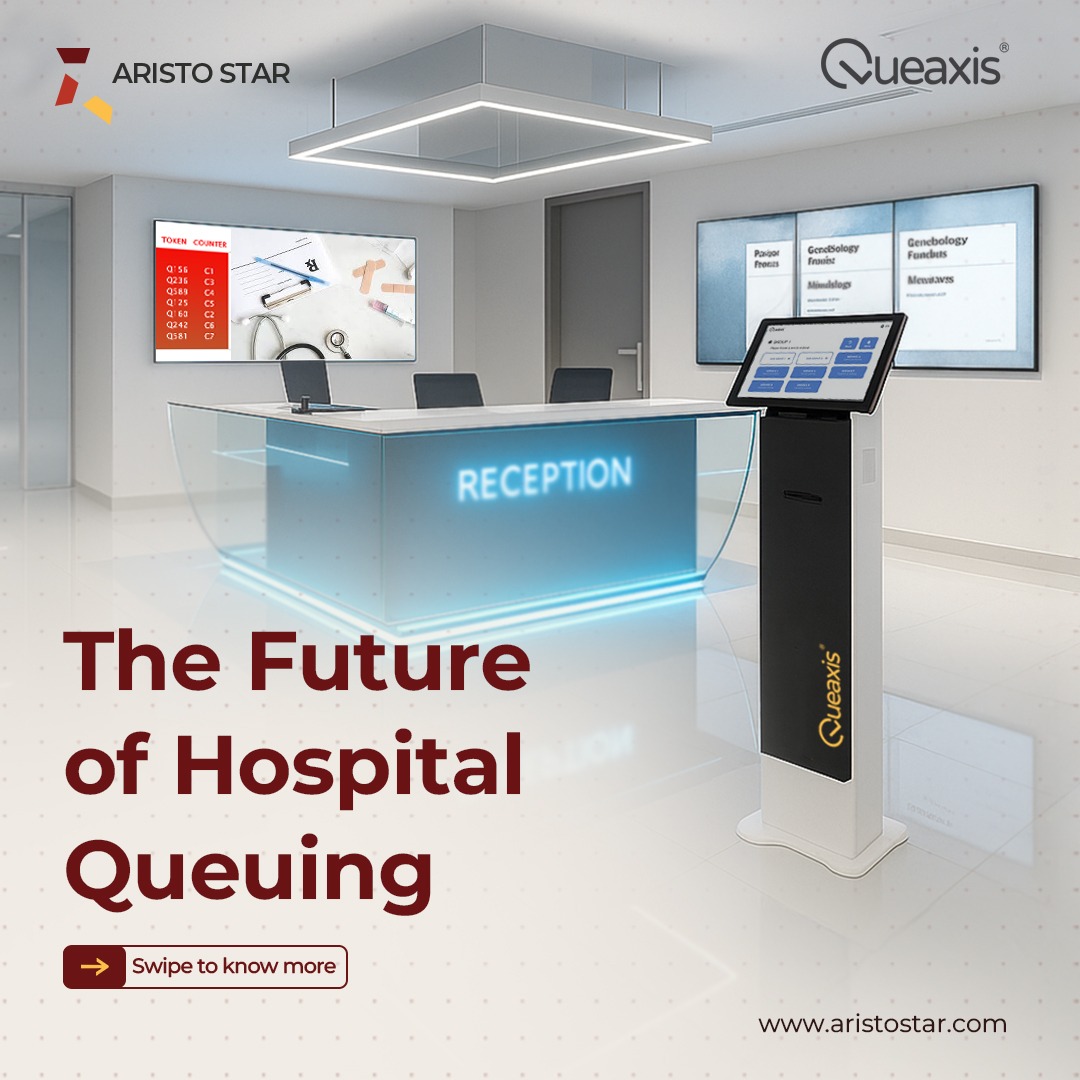

Education
Enhancing Student Experience
In the fast-paced arena of education, student experience is becoming a critical focus for institutions striving to foster engagement, satisfaction, and academic success. However, many educational settings face a pressing challenge: inefficient queue management. Whether it’s students waiting to meet with academic advisors, register for classes, or access library services, long waiting times can detract from the overall educational experience. In an environment where every moment counts, it’s time for educational institutions to prioritize effective queue management solutions that cater to their unique needs.
Queue management isn’t just about reducing wait times; it's fundamentally about enhancing the student experience. But what does effective queue management look like in the realm of education, and how can it address the pain points faced by students and staff alike?
Queaxis Queue Management System for Education
- Increased Wait Times: The most immediate pain point is the prolonged wait times that result from inefficient queue management. Students often find themselves waiting for extended periods, leading to frustration and negatively impacting their perception of the institution. This is especially true during peak times, such as registration periods or after a break when many students seek assistance simultaneously.
- Lack of Information: Students often feel uninformed while queuing. Without updates on wait times or queue status, uncertainty can lead to anxiety and a feeling of being undervalued. A lack of clear communication can exacerbate the negative emotions associated with waiting.
- Resource Allocation Challenges: Educational institutions must navigate the intricacies of resource allocation. With fluctuating service demands, it can be difficult to predict the number of staff members needed during peak times. This leads to either understaffing, resulting in long queues, or overstaffing, which increases operational costs.
- Student Engagement: Long queues can result in disengaged students who may feel neglected or unimportant. This disengagement can have a direct impact on their overall educational experience, leading to lower satisfaction and retention rates.
The Solution: Implementing Effective Queue Management
To address these pain points, educational institutions can implement robust queue management solutions that focus on efficiency, communication, and user experience. Here’s how:
- Increased Wait Times: The most immediate pain point is the prolonged wait times that result from inefficient queue management. Students often find themselves waiting for extended periods, leading to frustration and negatively impacting their perception of the institution. This is especially true during peak times, such as registration periods or after a break when many students seek assistance simultaneously.
- Lack of Information: Students often feel uninformed while queuing. Without updates on wait times or queue status, uncertainty can lead to anxiety and a feeling of being undervalued. A lack of clear communication can exacerbate the negative emotions associated with waiting.
- Resource Allocation Challenges: Educational institutions must navigate the intricacies of resource allocation. With fluctuating service demands, it can be difficult to predict the number of staff members needed during peak times. This leads to either understaffing, resulting in long queues, or overstaffing, which increases operational costs.
- Student Engagement: Long queues can result in disengaged students who may feel neglected or unimportant. This disengagement can have a direct impact on their overall educational experience, leading to lower satisfaction and retention rates.
The Solution: Implementing Effective Queue Management
To address these pain points, educational institutions can implement robust queue management solutions that focus on efficiency, communication, and user experience. Here’s how:
- Technology Integration: Leveraging innovative technology is fundamental to effective queue management. Many institutions are adopting digital queue management systems that provide real-time updates on wait times, enable online check-ins, and allow students to reserve spots in the queue from the comfort of their devices. This technology not only reduces perceived wait times but also empowers students to plan their schedules more effectively.
- Real-Time Communication: Implementing digital signage in waiting areas can keep students informed about their estimated wait times and available services. Mobile apps can send notifications and updates to students, letting them know how long they can expect to wait and when their turn is approaching. This proactive communication alleviates anxiety and helps students feel more valued.
- Resource Optimization: By analyzing historical data on service demand and peak times, educational institutions can better allocate their resources. For instance, if advisor services are busier during specific periods, institutions can schedule additional staff during those times and prepare for increased demand. This optimization leads to more efficient operations and shorter wait times.
- Feedback Mechanisms: Gathering regular feedback from students about their experiences in queues can provide valuable insights into areas for improvement. Institutions can utilize surveys or feedback kiosks to assess student satisfaction levels and identify potential bottlenecks in the queue management process. This will enable the institution to continuously enhance the queuing experience.
Conclusion
In the world of education, where every minute matters, effective queue management is not just a necessity—it is an opportunity to enhance the overall student experience. By addressing pain points such as long wait times, lack of information, and inconsistent service levels, educational institutions can create a more supportive and efficient environment for students to thrive.
As colleges and universities invest in innovative queue management solutions, they can transform waiting periods into moments of engagement and connection, ultimately fostering lasting trust and loyalty among their students. It’s time to prioritize queue management and elevate the educational journey, ensuring that students have a seamless experience from the moment they seek assistance to the moment they achieve their academic goals
Related Blogs
Customer Experience in Banking
Looking to improve customer experience in banking? Find out how CJM tools enable personalization at scale and drive deeper customer relationships.

Patient Journey Mapping to Improve Hospital Experience
Every hospital visit is more than a medical procedure; it's a personal story filled with emotions, expectations, and interactions.

Government
In today’s fast world, government entities are increasingly challenged to deliver services efficiently while ensuring public satisfaction.























